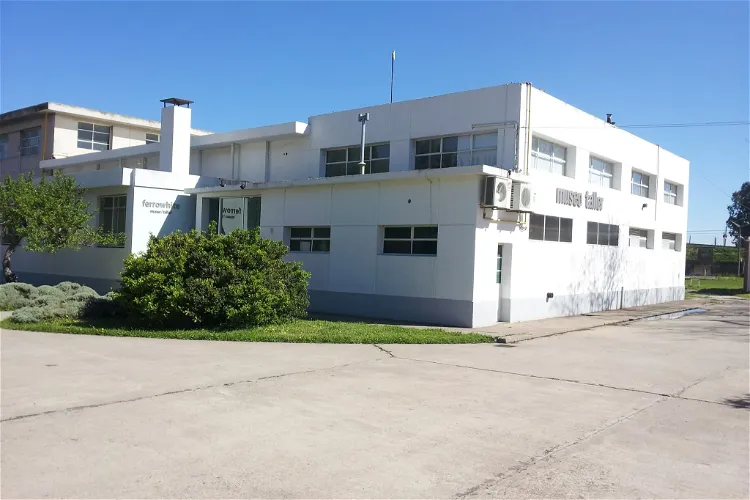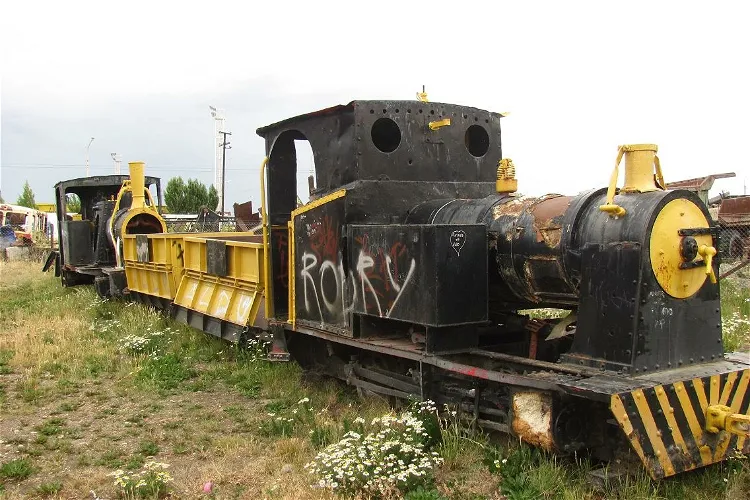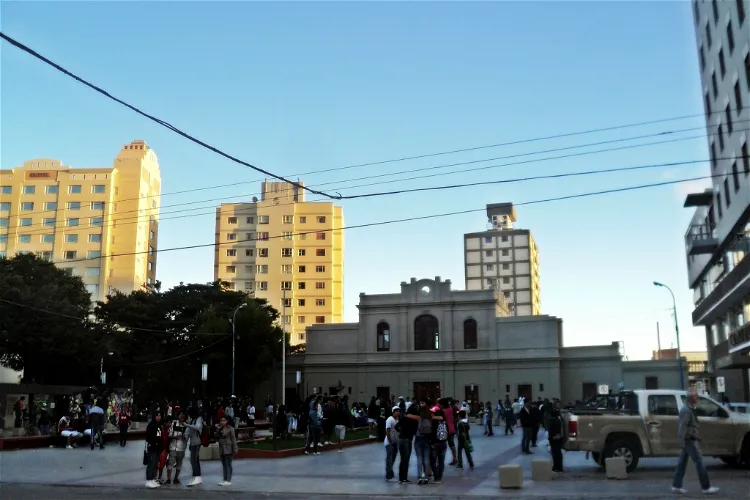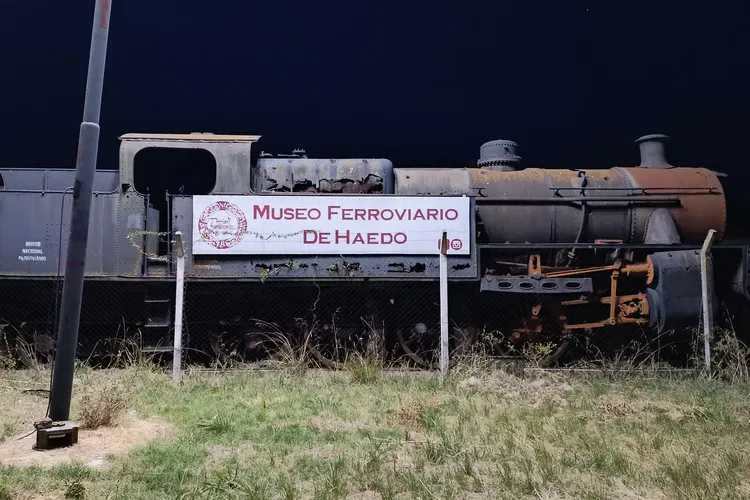Are you a train enthusiast? Here are the best railway museums in Argentina:

Museo Juan Murray
FunesIn 2007, the Funes Station was converted into a museum, known as the Funes City and Railway Museum "Juan Murray", more commonly known as the "Murray Museum". The museum narrates the origins and evolution of the city since 1875 and the history of the steam locomotive, its evolution linked to the development of the railway and its close link with the city.
Ferrowhite Museum - Workshop
Ingeniero WhiteFerrowhite is a unique museum situated in Ingeniero White, a port city of Bahía Blanca in Argentina. This museum is a testament to the history of the railway industry in the country, showcasing a collection of tools recovered by a group of workers following the privatization and partial dismantling of the railways in the 1990s.
Museo Ferroviario Roberto Galian
Río GallegosThe Roberto Galian Railway Museum is situated in the city of Río Gallegos, in the province of Santa Cruz, Argentina. This location is easily accessible for tourists visiting the region and offers a unique insight into the country's railway history.
Museo Ferroportuario Teodoro Nürnberg
Comodoro RivadaviaThe Museo Ferroportuario Teodoro Nürnberg is situated in the heart of Comodoro Rivadavia, Argentina. The museum comprises six exhibition rooms that showcase the city's history through various mediums such as photographs, plans, and other artifacts. These exhibits primarily focus on the historical significance of the Comodoro Rivadavia Railway and the Antonio Morán Port.
Haedo Railway Museum
HaedoThe "Raúl Scalabrini Ortiz" Railway Museum and Cultural Center, also known as the Haedo Railway Museum, houses a collection of more than 50 historic railway vehicles from the late 19th to the mid-20th centuries, including steam and diesel locomotives, passenger cars, freight cars, and railcars. It a- 6
Port Museum
Ingeniero WhiteOne of the key features of the Port Museum of Ingeniero White is its Oral Stories Archive. This archive is considered one of the most important in Argentina, containing over 1100 interviews with various individuals such as cooks, dockworkers, and railway workers. These interviews provide a unique insight into the lives and experiences of the local community.